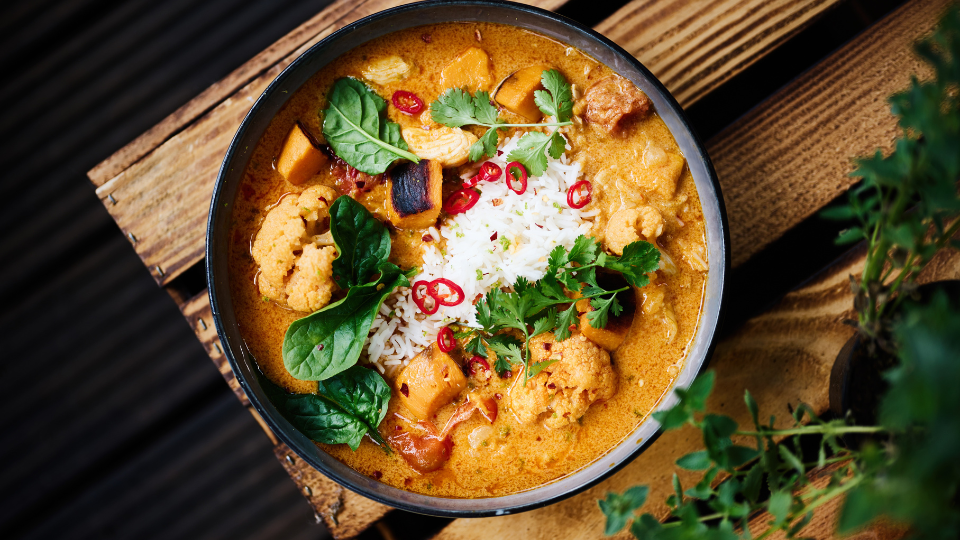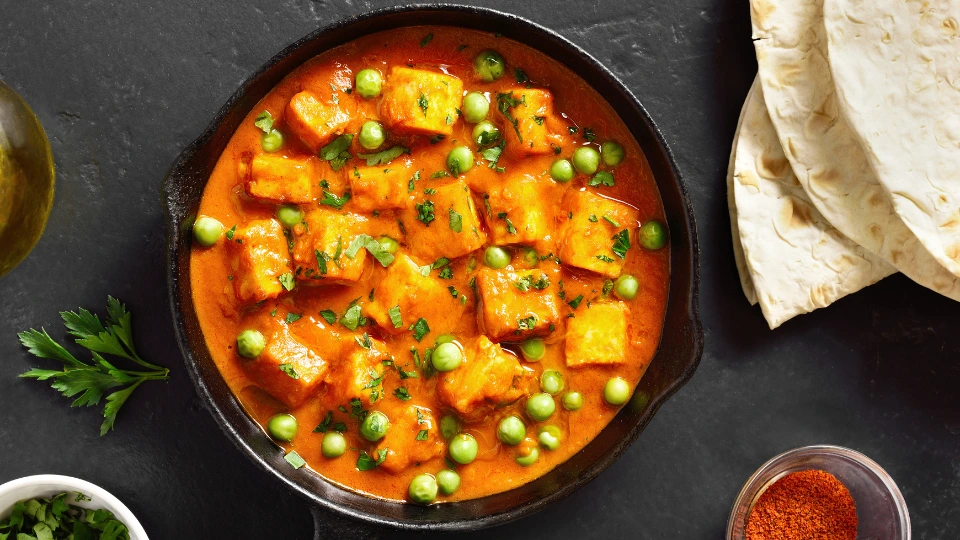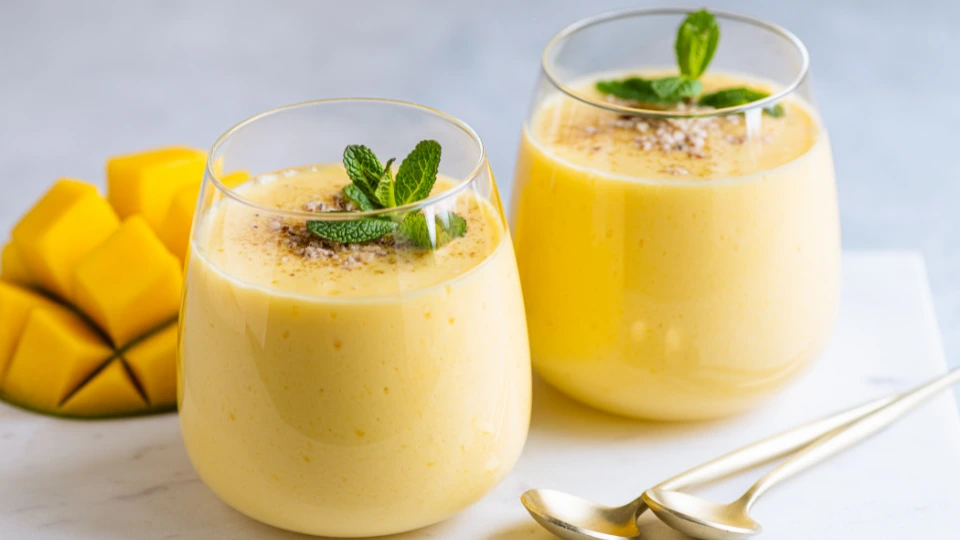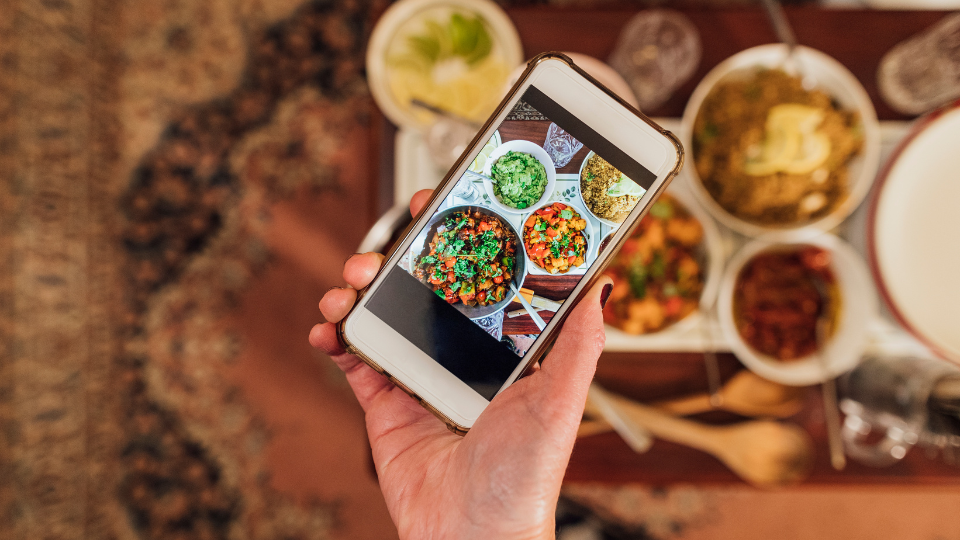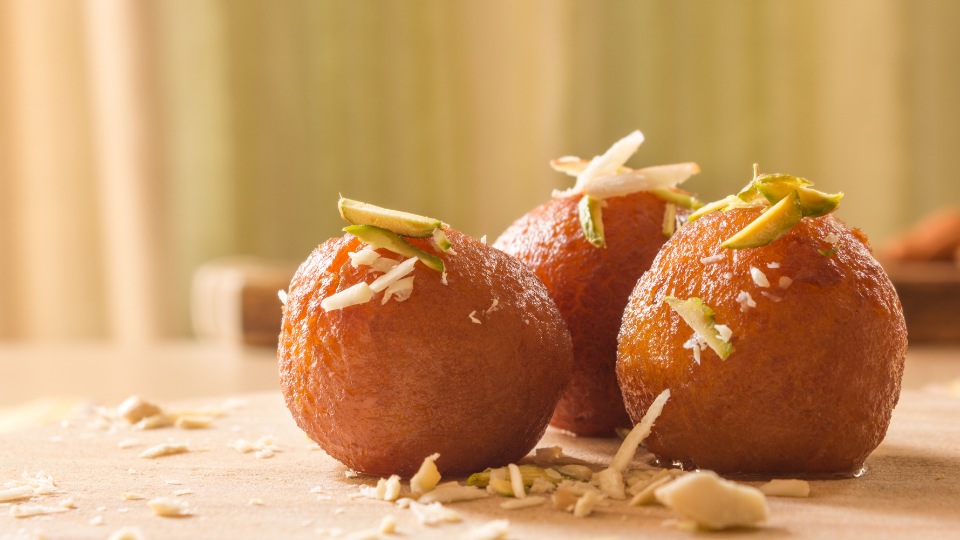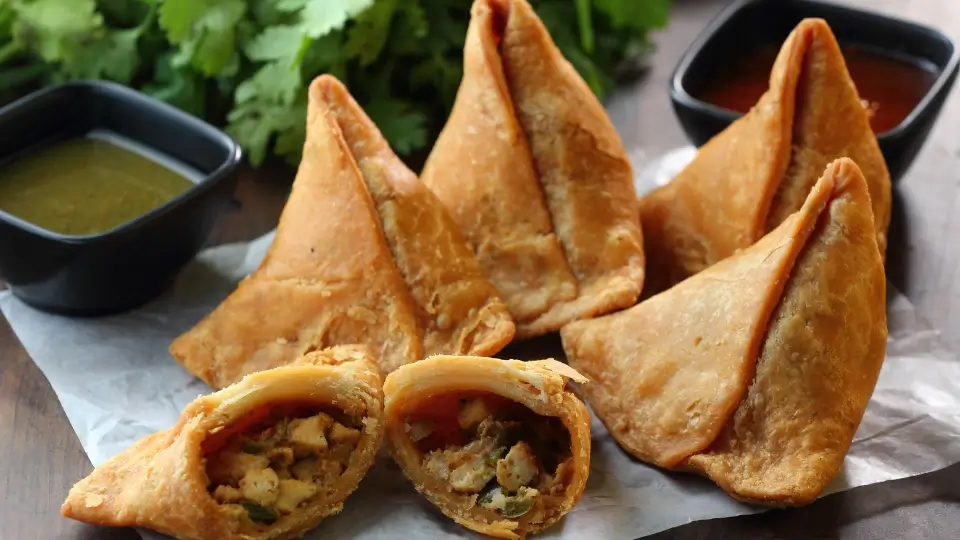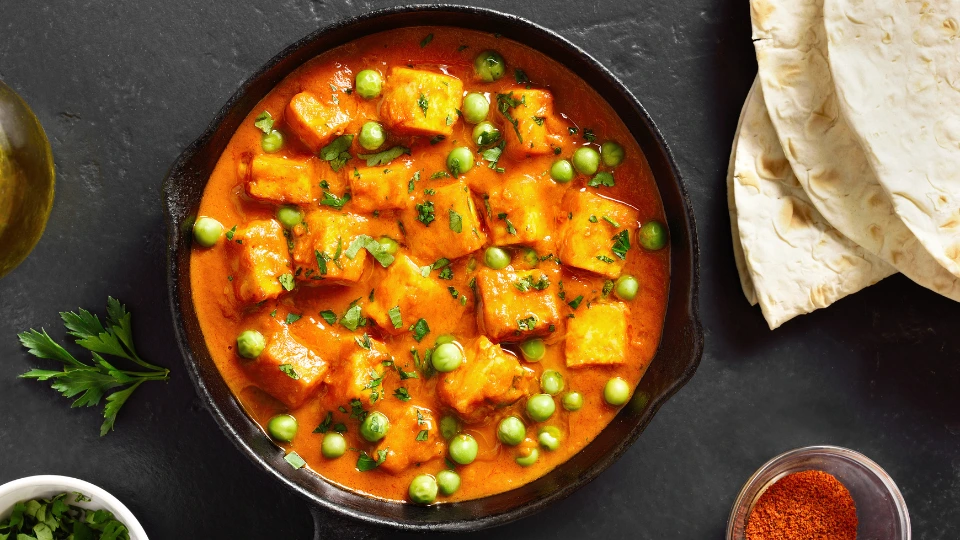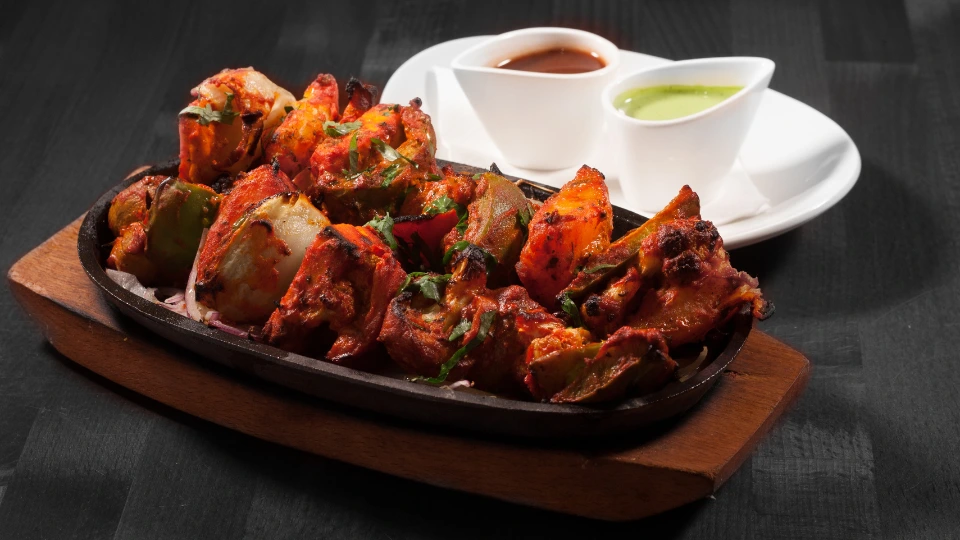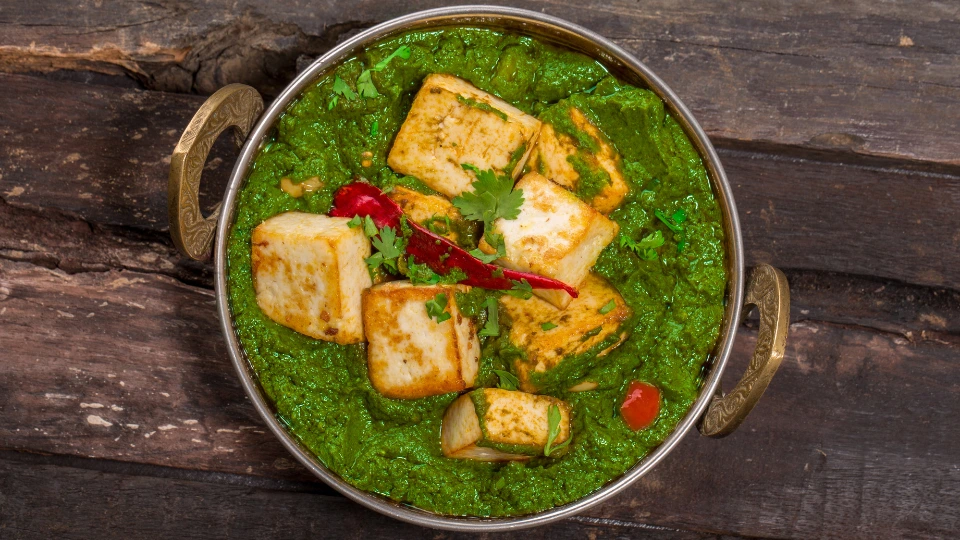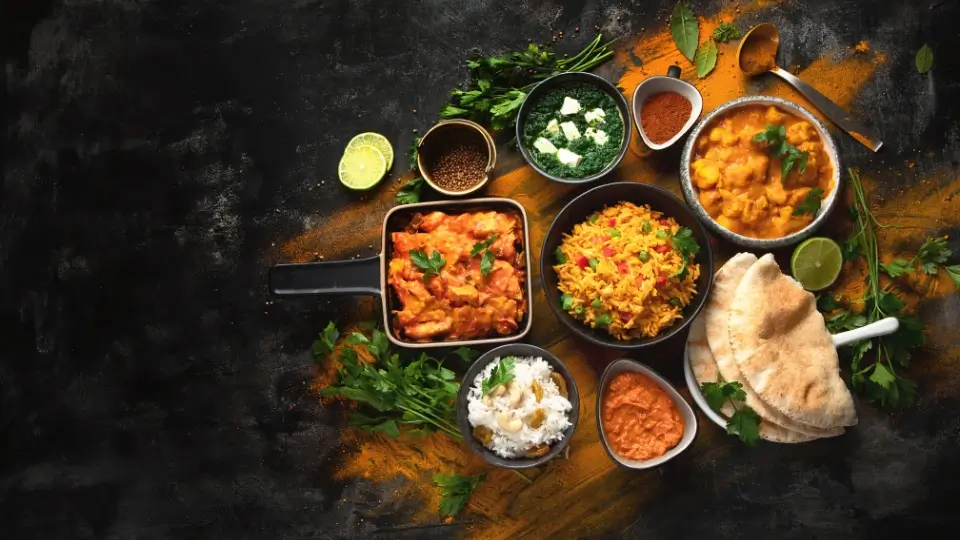Introduction
If you’ve ever sat at a fine-dining Indian restaurant and wondered why your home-cooked curries don’t taste quite the same, you’re not alone. The secret often lies in the magical touch of desi tadka—that sizzling blend of spices tempered in hot oil or ghee that instantly transforms a dish. It’s more than just a cooking technique; it’s the heartbeat of Indian cuisine, bringing aroma, depth, and authenticity to every bite. Whether it’s dal, sabzi, or biryani, mastering the art of tadka can make your meals taste like they came straight from a restaurant kitchen.
This blog will walk you through everything you need to know about unlocking the secrets of desi tadka for creating restaurant-style meals at home. From understanding the right oils and spices to mastering timing and pairing, you’ll discover how to elevate your cooking effortlessly. We’ll also share insider tips, variations across regions, and modern twists on traditional methods. By the end, you’ll not only know how to replicate restaurant flavors but also when to let Maharaja Riyasat handle the cooking for an unforgettable dining experience. Explore our menu here.
Things to Know Before Perfecting Desi Tadka
The Role of Oils in Desi Tadka
Oil is the foundation of any tadka, and choosing the right one can make all the difference in flavor and authenticity. Traditional Indian cooking often relies on ghee, mustard oil, or refined sunflower oil, each bringing its own character to the dish. Ghee, with its nutty richness, enhances dals and gravies, while mustard oil adds a pungent punch to North Indian dishes. Meanwhile, neutral oils like sunflower or canola are better suited for those who want the spices to shine without being overshadowed by the oil itself.
At restaurants like Maharaja Riyasat, chefs carefully select oils based on the dish being prepared to ensure every bite resonates with harmony. For home cooks, experimenting with different oils can help you find the perfect balance for your meals. It’s also important to consider the smoke point of oils, as this determines how well the spices release their flavors during tempering. High-smoke-point oils like peanut oil or rice bran oil are excellent for tadkas that require higher heat.
Choosing the Right Spices for Tempering
The real magic of desi tadka lies in the spices. Whole spices such as cumin seeds, mustard seeds, and dried red chilies are staples, each offering unique layers of flavor. Curry leaves bring freshness, hing (asafoetida) adds depth, and black pepper infuses warmth. The key lies not in overloading the pan but in choosing the right combination for the dish. A simple dal might only need cumin and garlic, while a more complex curry could benefit from a symphony of spices.
Restaurant-style meals achieve consistency because chefs understand how each spice behaves in hot oil. At home, you can mimic this by starting with small amounts and building flavor gradually. Fresh spices also play a role—whole spices freshly toasted and ground will always outperform store-bought powders in aroma and taste. When using pre-ground spices, add them later in the cooking process to prevent burning and bitterness.
Timing: When to Add the Tadka
Perfecting desi tadka isn’t just about what you add—it’s about when you add it. The sequence of spices matters because some need longer to release their oils, while others burn quickly. For example, mustard seeds should be added at the start and allowed to pop, while delicate curry leaves or garlic should go in toward the end to avoid scorching. Timing ensures that every spice reaches its peak potential without overpowering the dish.
Restaurants master this through years of experience, but home cooks can achieve similar results by practicing patience and observation. Watch for visual cues like sizzling, crackling, and color changes. If your garlic browns too fast or your cumin smokes excessively, your heat may be too high. Keeping a ladle of prepared tadka aside and pouring it over a finished dish just before serving can also add a burst of freshness and restaurant-like appeal.
Regional Variations of Tadka
One of the most fascinating aspects of desi tadka is how it varies across India’s diverse regions. In the North, tadka often features cumin, asafoetida, and garlic, while the South embraces curry leaves, mustard seeds, and dried red chilies. Bengal favors panch phoron, a blend of five spices, while Gujarat may add sesame seeds for nuttiness. Each region uses tadka not just for flavor but also as a cultural expression of its culinary traditions.
For home cooks, exploring these regional variations can make everyday meals exciting. Instead of sticking to one method, try experimenting with different styles of tadka to see how they transform the same dish. For example, adding curry leaves and coconut oil to a dal might give it a distinctly South Indian touch, while hing and ghee bring it closer to a North Indian flavor profile. This exploration mirrors the experience at restaurants like Maharaja Riyasat, which celebrates the diversity of Indian cooking traditions.
Modern Twists on Traditional Tadka
While tradition forms the backbone of desi tadka, modern chefs are not afraid to innovate. Contemporary Indian cuisine often experiments with fusion tadkas, incorporating ingredients like sesame oil, chili oil, or even truffle-infused ghee. These twists create unique flavor experiences while still respecting the essence of tadka. For adventurous home cooks, trying out such modern variations can add flair to classic dishes without losing their authenticity.
At Maharaja Riyasat, you’ll find that the balance between tradition and innovation is at the heart of the dining experience. While dal tadka or tadka masala may be prepared in authentic ways, chefs might also introduce subtle innovations to surprise diners. Home chefs can take inspiration from this approach—experiment with herbs like rosemary or thyme alongside classic spices, or use infused oils for a refreshing twist. These small touches can bring your meals closer to restaurant-style elegance.
Top Secrets for Cooking Restaurant-Style Meals with Desi Tadka
Secret 1: Layering Flavors Through Double Tadka
One of the best-kept secrets in professional kitchens is the use of double tadka. This involves tempering spices twice—once during the cooking process and again just before serving. The first tadka builds a strong foundation of flavor, while the second adds a burst of freshness and aroma. This layered approach gives dishes more depth and ensures they retain restaurant-quality vibrancy.
At home, double tadka can easily be incorporated into dals and gravies. Prepare your dish with the first tadka, and just before serving, heat ghee or oil, add fresh spices, and pour it over. The sizzling sound and rich aroma instantly elevate the meal, making it feel luxurious. Many diners at Maharaja Riyasat enjoy the richness of dishes like dal tadka precisely because of this technique.
Secret 2: Using Freshly Ground Spices
Freshly ground spices are the cornerstone of authentic flavor in desi tadka. Restaurants often grind their spices daily, ensuring maximum potency and aroma. Pre-ground spices lose their vibrancy over time, which is why meals cooked at home with store-bought masalas may lack the same punch. Investing in a spice grinder and whole spices like cumin, coriander, and cardamom can significantly improve your cooking.
When you toast and grind spices just before cooking, their essential oils release fully, giving dishes a bold character. For example, freshly crushed black pepper will always taste more vibrant than pre-powdered pepper. By adopting this practice, home cooks can bridge the gap between restaurant and home flavors. Maharaja Riyasat’s chefs swear by this principle, ensuring each dish bursts with authentic, fresh aromas.
Secret 3: Balancing Heat and Aroma
Another restaurant secret is achieving the perfect balance between heat and aroma. Many home cooks either overdo the chili or underplay it, missing the harmony that defines Indian cuisine. Professional chefs carefully pair hot spices like red chilies with aromatic ones like cardamom or cloves to create depth. This balance ensures the dish excites the palate without overwhelming it.
At home, you can practice this by starting with moderate chili levels and focusing on enhancing aromas through whole spices. Remember that heat can always be added later, but overpowering chili is difficult to fix. Restaurant-style meals shine because of this precision, something you can replicate with patience and attention. Maharaja Riyasat exemplifies this balance in dishes that are bold yet refined, appealing to a wide range of tastes.
Secret 4: Enhancing Dal and Curry with Tadka
Dal and curry are two dishes that truly showcase the power of desi tadka. Without it, they may taste flat, but with the right tadka, they come alive with flavor. Restaurants often prepare these with a combination of whole and powdered spices, adding the tadka at the final stage to lock in freshness. This step ensures the dish carries layers of complexity that diners instantly recognize.
At home, experiment with adding tadka not only to dal but also to vegetable curries, khichdi, or even soups. A well-executed tadka can transform everyday staples into restaurant-style delights. Maharaja Riyasat’s menu highlights this in its rich dal tadka and curries, where tempering brings out both aroma and authenticity. Trying these dishes at the restaurant can also inspire your own cooking experiments.
Secret 5: Creating Signature Maharaja Riyasat Flavors at Home
Every fine-dining restaurant has its signature flavor profile, and Maharaja Riyasat is no exception. Their mastery of desi tadka involves precise techniques, carefully balanced spices, and premium ingredients. While home cooks may not have access to restaurant-grade equipment, they can adopt some of these practices to replicate similar flavors. Using clarified ghee, fresh herbs, and a mindful approach to layering spices are key starting points.
That said, nothing compares to experiencing the expertise of professional chefs firsthand. At Maharaja Riyasat, every dish is crafted with care, bringing together centuries-old tradition and modern refinement. If you want to savor authentic restaurant-style flavors without the effort, book your table today and enjoy the art of tadka as it’s meant to be.
Why Choose Maharaja Riyasat for Authentic Desi Tadka
Maharaja Riyasat stands as a beacon of fine Indian dining, offering an authentic yet refined culinary experience. Their chefs bring decades of expertise to the table, ensuring that every tadka is executed with precision and care. Unlike home cooking, where experimentation may lead to inconsistency, dining at Maharaja Riyasat guarantees a flawless balance of flavors in every dish. This is what makes their desi tadka stand out, transforming simple meals into unforgettable feasts.
Beyond the food, Maharaja Riyasat offers an atmosphere that enhances the dining experience. With its elegant ambiance and dedication to hospitality, every visit feels special. Whether you are craving a comforting dal tadka or exploring innovative dishes with a modern twist, Maharaja Riyasat delivers with unmatched quality. Choosing them means indulging in not just a meal but an entire cultural experience of Indian fine dining.
Conclusion
Mastering the art of desi tadka is the gateway to creating restaurant-style meals in your own kitchen. From choosing the right oils and spices to mastering timing, exploring regional variations, and adopting modern twists, each step brings you closer to authentic Indian flavors. The secrets we’ve shared—like double tadka, freshly ground spices, and balancing heat with aroma—are the same techniques that elevate meals at fine-dining restaurants.
Yet, while these tips can transform your home cooking, there’s nothing quite like experiencing the artistry of professional chefs at Maharaja Riyasat. Their mastery of tadka, combined with premium ingredients and years of expertise, creates a dining experience that’s hard to replicate. So whether you’re inspired to experiment in your own kitchen or prefer to sit back and savor, Maharaja Riyasat is your ultimate destination for authentic, flavorful Indian cuisine. Reserve your table now and let us serve you the true magic of tadka.
